A Beginner's Guide to Reading Body Language
Medically reviewed by Timothy J. Legg, PhD, PsyD — By Crystal Raypole on January 15, 2020Things to consider:
- Mouths
- Eyes
- Limbs
- Breathing
- Posture
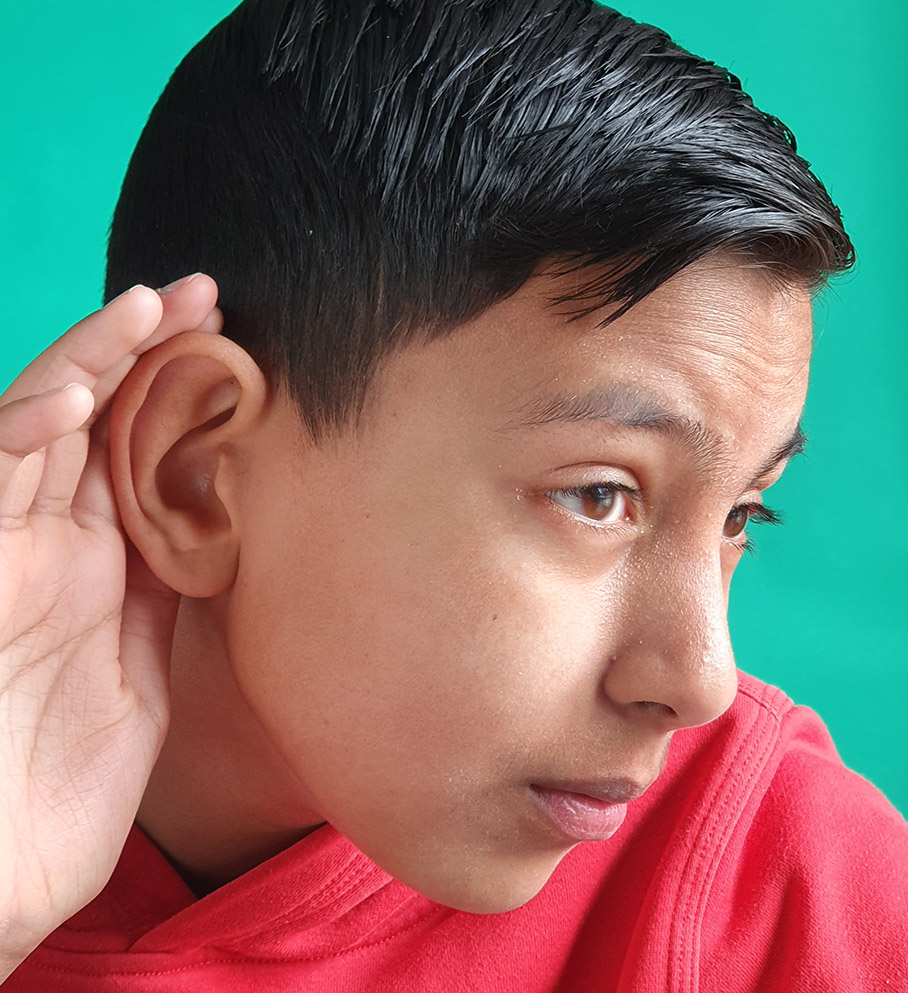
Putting it all together
Verbal communication is usually straightforward. You open your mouth and say what you want to say.Communication doesn’t only happen verbally. As you speak or listen, you also express feelings and reactions with your body language, including your facial expression, gestures and stance.
Many people can decipher intentional body language without much trouble. If someone rolls their eyes or stamps their foot, for example, you probably have a pretty good idea how they’re feeling.
Unintentional body language is harder to pick up on. Here’s a look at the meaning behind some more subtle types of body language.

First, a few things to keep in mind
According to Dr. Emily Cook, a marriage and family therapist in Bethesda, MD, body language plays an essential role in how we share information with others.“There’s evidence to suggest our brains prioritize nonverbal communication over verbal communication,” she says. “So, when our brain gets a mixed message - say it hears, ‘I love you’ but sees a mean face or hears an insincere tone - it may prefer the nonverbal cues to the verbal ones,” she adds.
It’s important to keep in mind that body language isn’t universal. Several things can impact how someone both uses and interprets body language.
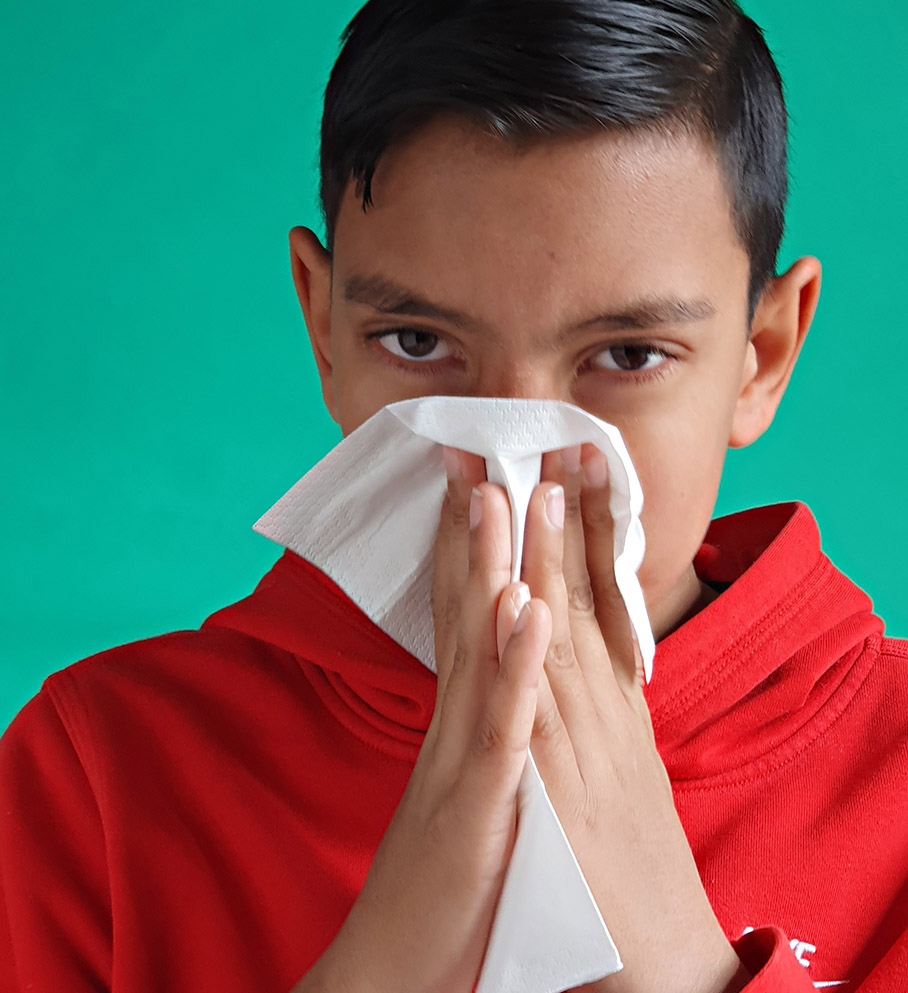
Cultural differences
Someone’s cultural background can have a big influence on how they use and read body language. Consider these examples:- In many Western cultures, eye contact while speaking suggests openness and interest. People of other cultures, including many Eastern cultures, may avoid prolonged eye contact, as looking slightly down or to the side may seem more respectful.
- Nodding indicates agreement in many cultures. In others, it might just mean the other person acknowledges your words.
Developmental differences
Neurodiverse people may also use and interpret body language differently than neurotypical people do.For example, you might fidget when you’re bored, but neurodiverse people might fidget in order to increase focus, calm nervousness, or self-soothe in other ways. Autistic people may also have trouble.
Psychological differences
Certain mental health conditions can also impact someone’s body language. Someone with social anxiety might find it extremely hard to meet and hold someone’s gaze, for example.People who prefer to avoid touching others may not shake hands or embrace when greeting someone. Being aware of boundaries some people may have around casual touch can help you avoid assuming someone dislikes you.
In short, for the most successful communication, it’s important to consider all aspects of communication. This includes verbal communication and active or empathic listening, as well as body language.
Decoding the mouth
If someone’s smiling, that’s a good sign, right?Not necessarily. Different smiles mean different things. The same goes for the position of someone’s lips.
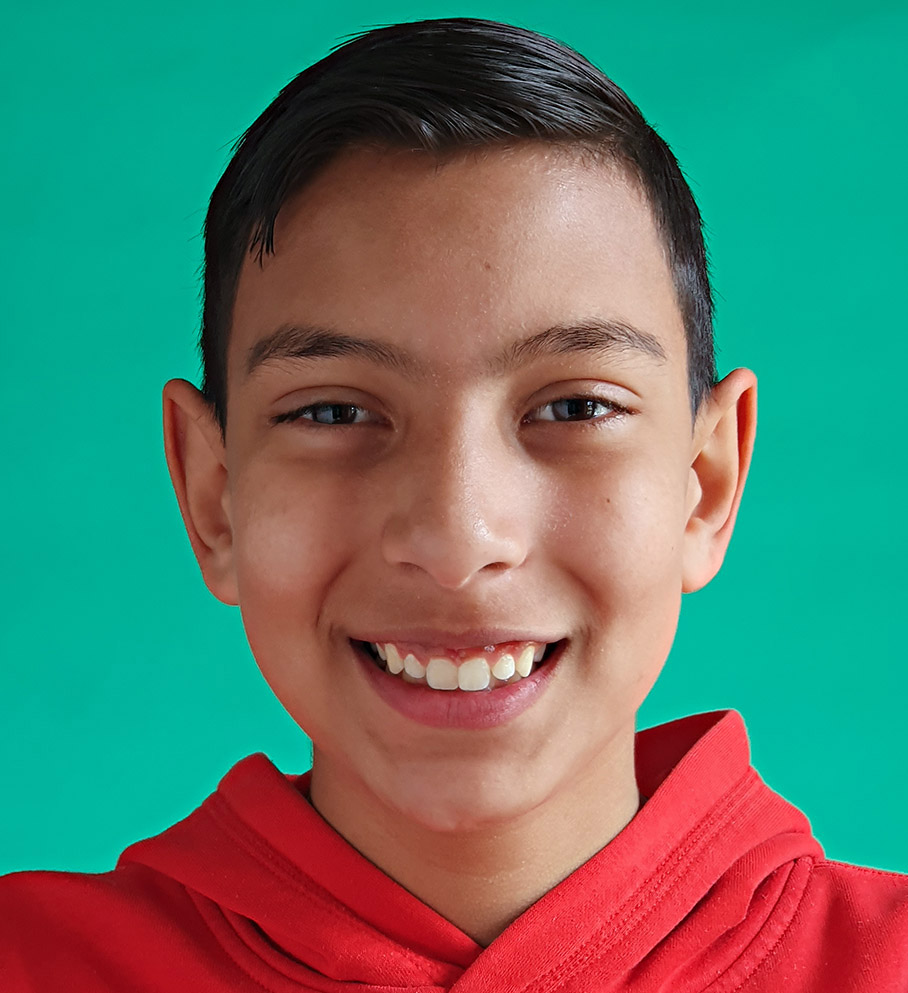
Smiles
- With a true, genuine smile, the corners of the mouth turn up and the eyes narrow and wrinkle at the corners.
- Insincere smiles generally don’t involve the eyes. They can happen in response to discomfort.
- A smirk or partial smile that follows a microexpression of displeasure or contempt can suggest uncertainty, disdain, or dislike.
- A smile accompanied by lasting eye contact, a long glance, or a head tilt can suggest attraction.
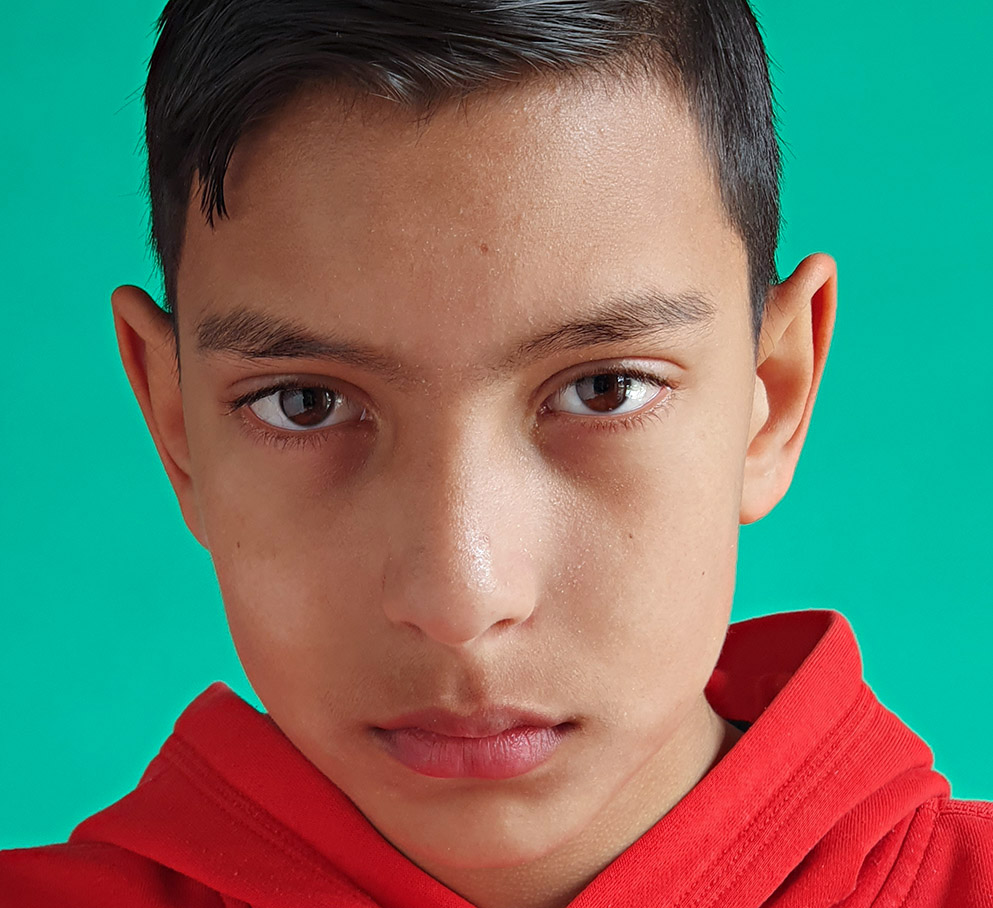
Lips
- Compressed or narrowed lips can suggest unease.
- Quivering lips can suggest fear or sadness.
- Pursed lips may indicate anger or disagreement.
- Open, slightly parted lips tend to mean someone feels relaxed or generally at ease.

The eyes can say a lot
Eyes can convey a lot of information about someone’s mood and level of interest.Blinking
People tend to blink rapidly when under some sort of stress.You may have heard that rapid blinking often suggests dishonesty, but this isn’t always the case. Someone’s blinking may speed up when they’re:
- working through a difficult problem
- feeling uncomfortable
- afraid or worried about something
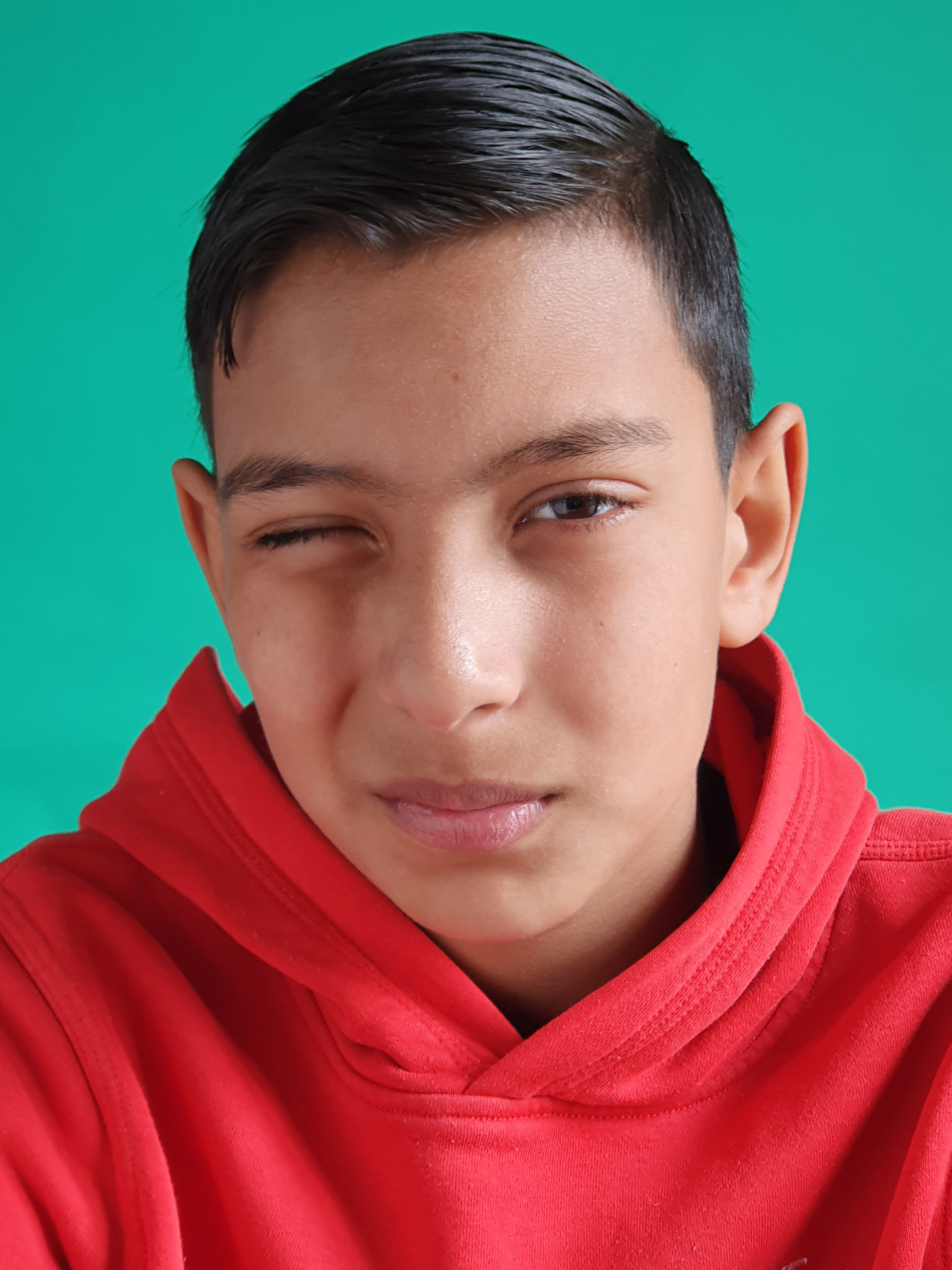
Pupil dilation
Your pupils will typically dilate when you feel positively toward something or someone. These feelings might involve romantic attraction, but this isn’t always the case. Dilation happens in response to the arousal of your nervous system, so you may also notice dilated pupils when someone’s angry or afraid. When you don’t like something, your pupils will usually contract, or get smaller.
Gaze direction
Your eyes tend to follow what you’re interested in, so tracking the movement of someone’s gaze can give you information about their mood. If you’re talking to someone whose eyes keep wandering toward the buffet table, they might have more interest in eating than talking at the moment. Someone looking toward the exit may want to leave. People also tend to move their eyes down or to one side when:- working through a problem
- recalling information or memories
- thinking about something difficult
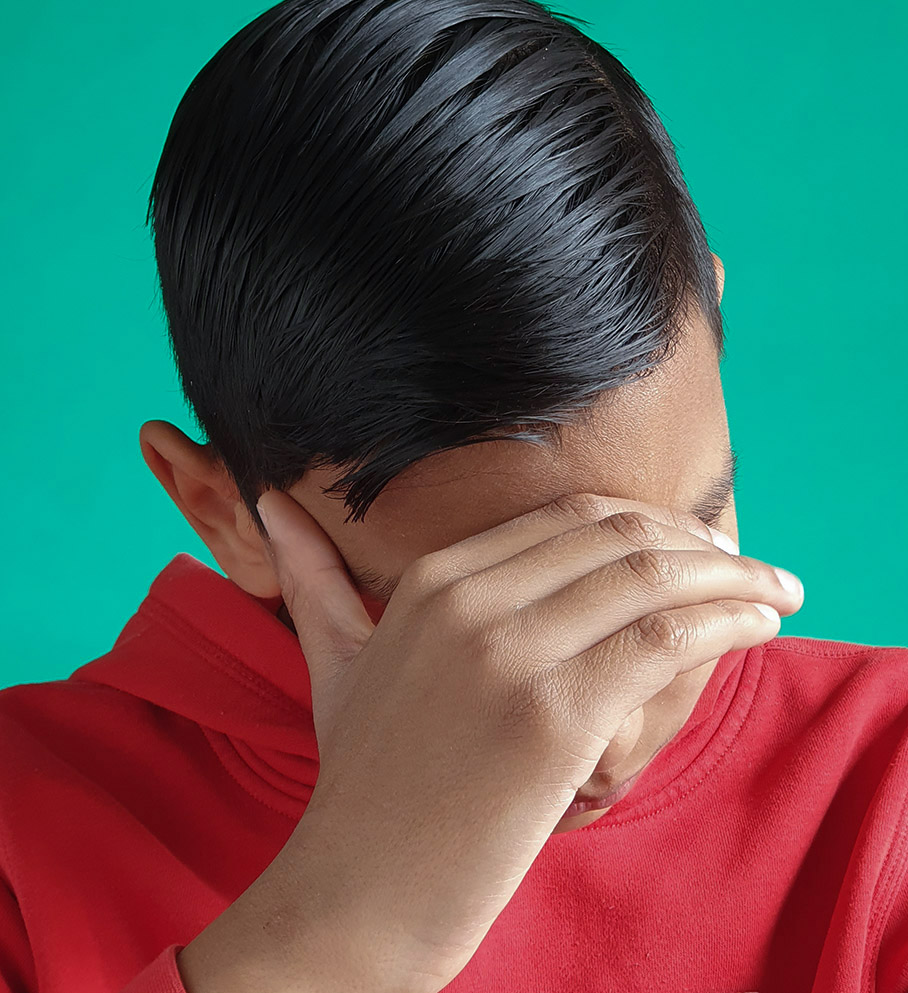
Eye blocking
Blocking includes things like:- covering your eyes with a hand
- closing your eyes briefly, such as in a long blink
- rubbing your eyes
- squinting
It can also suggest disagreement or reluctance. You know the house needs a good cleaning, but when your partner suggests taking a day for chores, your hand might go to your eyes before you realize it.
Watching the arms and legs
Although people usually use their arms and legs to make purposeful gestures, movements that happen more instinctively can also reveal a lot about emotions.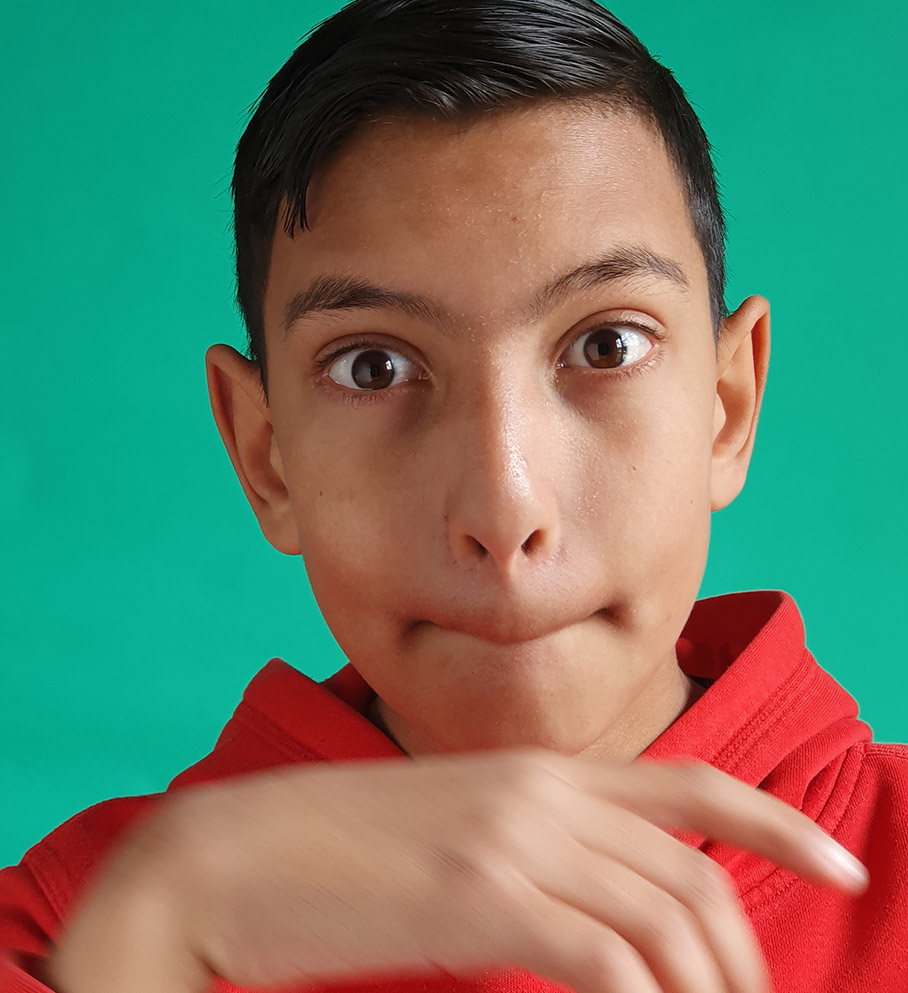
Arms
People often cross their arms when feeling:- vulnerable
- anxious
- uninterested in considering another perspective
The arms can also give someone a sense of protection. Keep an eye out for behaviors like:
- holding something against the chest
- bringing an arm to rest on a chair or table
- putting an arm out to create distance
- using one arm to hold the other behind the back
Legs and feet
The feet and legs can show nervousness and restlessness through:- tapping feet
- leg jiggling
- shifting from foot to foot
Feet can also reveal information. Note the direction a person’s feet face during a conversation.
If their feet point away, they may feel more like leaving the conversation than continuing it. If their feet point toward you, the person is likely enjoying the conversation and hoping to continue it.
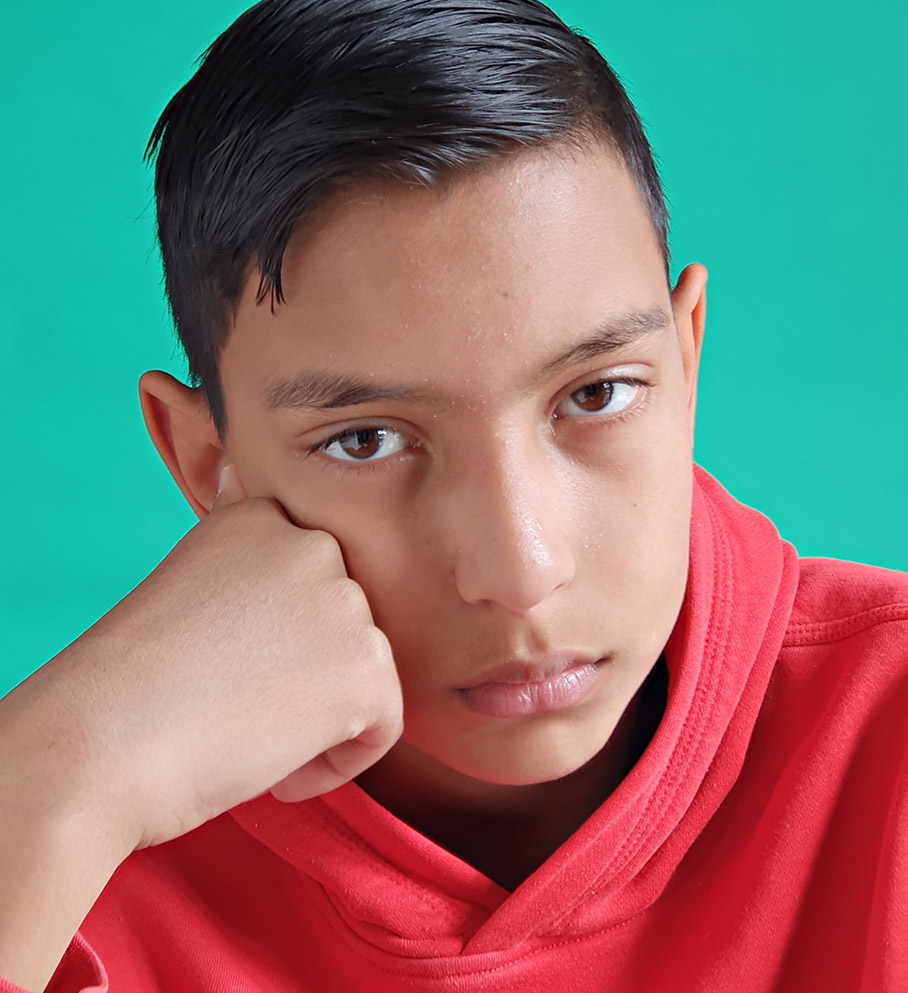
Hands
Many people use gestures for emphasis when speaking. This can have some direct benefits, as research suggests we tend to answer someone’s question faster if they make gestures while asking.The more enthusiastic the gesture, the more excitement someone’s likely feeling. It’s also fairly common for people to gesture toward someone they feel particularly close to, often without realizing it.
Here are some more specific things to watch for:
- Outstretched hands with palms up may be an unconscious reflection of openness.
- Clenched fists can suggest anger or frustration, especially in someone trying to suppress these emotions. You might notice their facial expression remains neutral, even relaxed.
- Instinctively touching the cheek might signal that someone is considering something carefully or has a lot of interest in what you’re saying.
Breathing clues
Your breathing tends to pick up when you’re under stress. This stress can be positive or negative, so someone breathing quickly may be:- excited
- anxious
- nervous or worried
- relief
- anger
- fatigue
Considering body positions
How someone stands or sits and where they do it can give you some clues about how they’re feeling.Posture
Your posture, or the way you hold yourself, isn’t always easy to control, which can make it hard to read. It can still offer some insight, particularly when it differs from how a person usually carries themselves.Here are some things to look for:
- Leaning back on a wall or other support can suggest boredom or disinterest.
- Leaning into a conversation or toward someone typically suggests interest or excitement.
- Standing up straight, sometimes with hands on hips, can suggest excitement, eagerness, and confidence.
- Standing straight with hands at the sides is a common resting position that suggests a willingness to engage and listen.
- Resting the head in one hand can show interest. When both hands support the head, it might suggest boredom or fatigue.
- Tilting the head or body to one side suggests interest and concentration. It can also suggest attraction, depending on other body language markers.
Distance
The degree of physical distance a person maintains when talking to you can sometimes give you clues about their mood or feelings for you.Keep in mind that many people simply prefer to keep more distance between themselves and others, especially people they don’t know well.
On the other hand, some people may feel accustomed to less personal space. They may stand or sit very close because that’s just how they interact.
That being said, some specific behaviors can be telling:
- Someone who regularly stands or sits very close to you likely enjoys your company.
- Someone who stands apart and takes a step back if you take a step forward likely wants to maintain some distance (physical and emotional) from you.
- Sitting close enough to touch or leaning into a conversation, particularly with a smile or brief touch, often suggests physical attraction.
- Putting up a hand or arm when taking a step back often suggests a desire for a physical barrier or more distance.
Putting it all together
Body language can be complex and difficult to understand. In fact, there’s an entire field of study, called kinesics, devoted to understanding nonverbal communication.Slight shifts in stance and changes in facial expression tend to happen naturally over the course of a conversation or social interaction. Though, someone with a consistently erect posture or fixed expression may be putting in a lot of effort to keep their true emotions from showing.
If you have a hard time understanding body language, keep these tips in mind:
- Talk to them. It never hurts to ask someone how they feel. If you notice a restless foot or clenched fists, try pulling them aside and asking if everything’s all right.
- Consider their previous body language. Body language can vary from person to person. If someone’s unique body language suddenly seems different, it’s a clue that something might be going on beneath the surface.
- Aim for some level of eye contact. You don’t have to stare or maintain continuous eye contact, but it does help to meet someone’s gaze and hold it for the better part of a conversation. Plus, you’re more likely to pick up on body language when you’re looking at the person.
- Remember to listen. Good communication always involves listening. Don’t get too caught up in trying to decipher someone’s gestures or position that you forget to listen to their words.

Current Version Jan 15, 2020
Written By Crystal Raypole
Edited By Kelly Morrell
Medically Reviewed By Timothy J. Legg, PhD, PsyD
